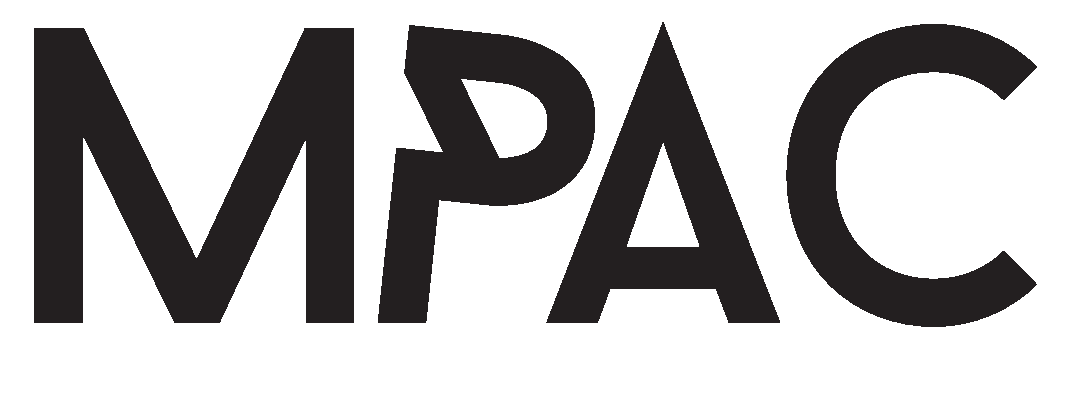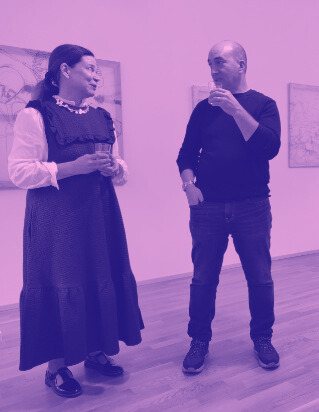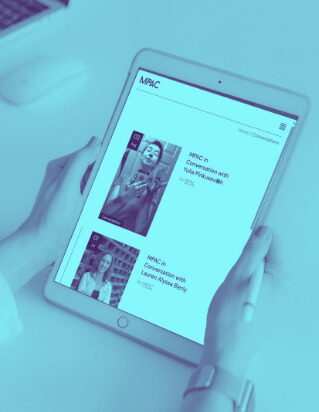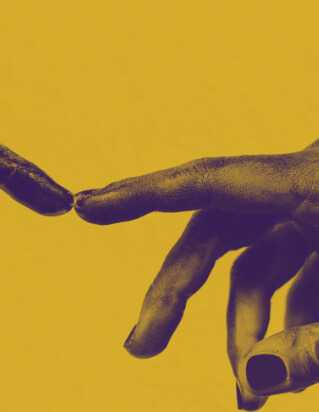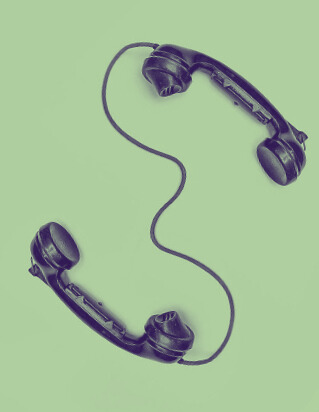
Postcollapse Manifesto
İstanbul, Türkiye ⥈ September 2019
Postcollapse life is waking up one morning to find your passport no longer has a corresponding country. It’s saving money from your factory job for thirty years only to find the currency suddenly obsolete. It’s going from feeling frustrated about missing your bus, to relieved for escaping the Molotov cocktail that engulfed its passengers in flames. Postcollapse life makes yesterday’s misfortune today’s good luck, last week’s wrong this week’s right, last month’s absurd this month’s ordinary. Piece by piece, life as it was known dissolves into a surreal memory.
The postcollapse government works at all hours, preferably when everyone else is asleep. Steadily and with great patience, it generates revenue by auctioning off the ruins of its former self. Its appearance, however, is enough to make believe in the promises of progress and prosperity. Extravagant constructions thus reshape the silhouette of the metropolis, where new roads and additional bridges and new commuter vehicles link several arteries to those spectacular edifices. People now coil through an entire urban labyrinth of governmental opulence. For devising such a spectacle, the illusionist has no qualms about paying itself handsomely. Cousins, nieces, nephews, and even in-laws all get paid handsomely.
Postcollapse time is time arrested. It is time sanctioned; time erased of any dimension and repackaged as hollow currency for the public to consume, align with, and reproduce. The citizens are to experience their time in a special way through which a hypnotic sense of ownership and control emanates. And what better venue could there exist to institute this false sense of potential than a shopping mall? Now, everywhere is a shopping mall—nay, a shopping complex of promises—for the eager citizen.
The postcollapse individual, if lucky enough to call that metropolis home, is in rapture over his payment plans and traffic arteries. More ecstatic is he when, alongside the government’s edifice complex are new classes of elites feeding on the ruins of collapsed factories, merged resources, and privatized welfare. Indeed, a postcollapse psychosis redefines the metropolitan individual whose transient joy costs him eternal servitude. The rest of the country lives in their postcollapse deadtime. Impoverished or not, employed or not, schooled or not, they wait for something to happen someday.
The postcollapse intellectual is cool, nonchalant; he is the native informer, a real aferim boy. He has a suspicion that something is not quite right but is too embarrassed to recognize it. He thus stares out with envy and parrots collapser narratives, desperately hoping to find affinity elsewhere. He finds fault with every speck of himself, all the while dissociating himself from his self; his language, his land, his neighbor, his food, his music, his time; even his struggle is not his own. He’s above all of that.
Within this volatile space where trauma becomes routine, absurdities normalized, and surrender seems inevitable, postcollapse art endures. It recognizes the disappearance of meaning, the erasures of citizenships, the exiles of people, and the paralyzed landscape as a reality to be reckoned with. It understands that no postwar, no postcolonial, no postmodern reading was ever enough to free its art from the provincial identitarianism that insists on capitalizing on ‘the West and the Rest.’ Postcollapse art rises from the ruins east of the former Berlin Wall and spans to the Great Wall of China; now everywhere is diaspora; now everywhere is there. At once there, bare, and fully loaded, postcollapse art is enraged with the weight of the world thrown on its shoulders, yet unscathed by the shards of futurity that again and again attempt to sever its presence. Postcollapse art is present. In its presence we breathe.
Ilknur Demirkoparan & Vuslat D. Katsanis
